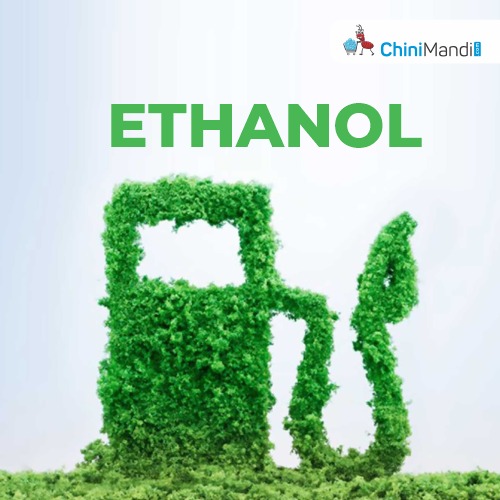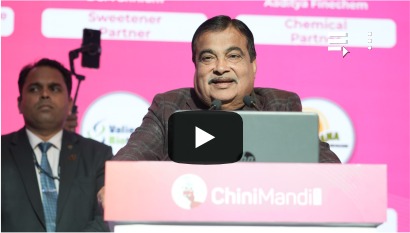This year has not been as impressive for the ethanol industry as expected, primarily due to restrictions on the use of feedstock for ethanol production. However, experts believe that the industry must take proactive measures to mitigate the impact of any hindrances and position itself for future growth.
 Prof. Narendra Mohan, Former Director, National Sugar Institute, Kanpur while speaking on ethanol scenario said, “During the last couple of years, lot of capacity building has taken place in distillation sector, particularly the ethanol units, to cope up with the requirement of ethanol for the ambitious 20 per cent ethanol blending target. Looking to the lucrative economics, it not only proved to be a game changer for sugar industry and attracted investments, but also attracted other entrepreneurs for setting up standalone ethanol plants. Firstly with FCI rice and then with pause in the diversion of intermediate process liquors viz. juice, syrup and B heavy molasses, there has been a crisis for feedstocks resulting in capacities remaining idle and blending getting adversely affected. Sugar Industry feedstock based stand alone ethanol units been more affected, both due to scarcity of raw material and their higher price.”
Prof. Narendra Mohan, Former Director, National Sugar Institute, Kanpur while speaking on ethanol scenario said, “During the last couple of years, lot of capacity building has taken place in distillation sector, particularly the ethanol units, to cope up with the requirement of ethanol for the ambitious 20 per cent ethanol blending target. Looking to the lucrative economics, it not only proved to be a game changer for sugar industry and attracted investments, but also attracted other entrepreneurs for setting up standalone ethanol plants. Firstly with FCI rice and then with pause in the diversion of intermediate process liquors viz. juice, syrup and B heavy molasses, there has been a crisis for feedstocks resulting in capacities remaining idle and blending getting adversely affected. Sugar Industry feedstock based stand alone ethanol units been more affected, both due to scarcity of raw material and their higher price.”
“The dual feedstock based units could have some relief because of maize and intervention of the Government of India in developing an ecosystem for it. However, by June 2024, the overall blending levels during the ESY 2023-24 are below 13% as against the target of 15%. While we keep our fingers crossed about the availability of sugarcane during the coming sugar season and consider the possible carry over of sugar to the extent of about 90LMT, the expected diversion of sugar may not be as per initial projections. To fill up the gap, maize is going to be the key feed stock where we have to work for enhancing productivities from farm to factories. On the other hand, there shall be need for converting units as multi-feedstock based one’s. In future, to avoid such conflict of food vs fuel, non-food feed stocks only will be the savior,” he further added.
According to the Petroleum Planning & Analysis Cell (PPAC) Monthly Ready Reckoner report, ethanol blending with Petrol was 15.4% during May 2024 and cumulative ethanol blending during November 2023- May 2024 was 12.6%. As on 01-06-2024, 14,611 PSU outlets out of 81,698 total PSU Retail Outlets are dispensing E20 Ethanol Blended MS.
To achieve the target of 20% blending by 2025, about 1016 crore litres of ethanol are required, and the total requirement of ethanol including for other uses is 1350 crore litres. For this, about 1700 crore liters of ethanol-producing capacity are required to be in place by 2025, considering the plant operates at 80% efficiency. The Government has estimated the demand for ethanol required for 20% blending by 2025, keeping in view the growth of petrol-based vehicles in two-wheeler and passenger vehicle segments and the projected sale of Motor Spirit (MS).

















